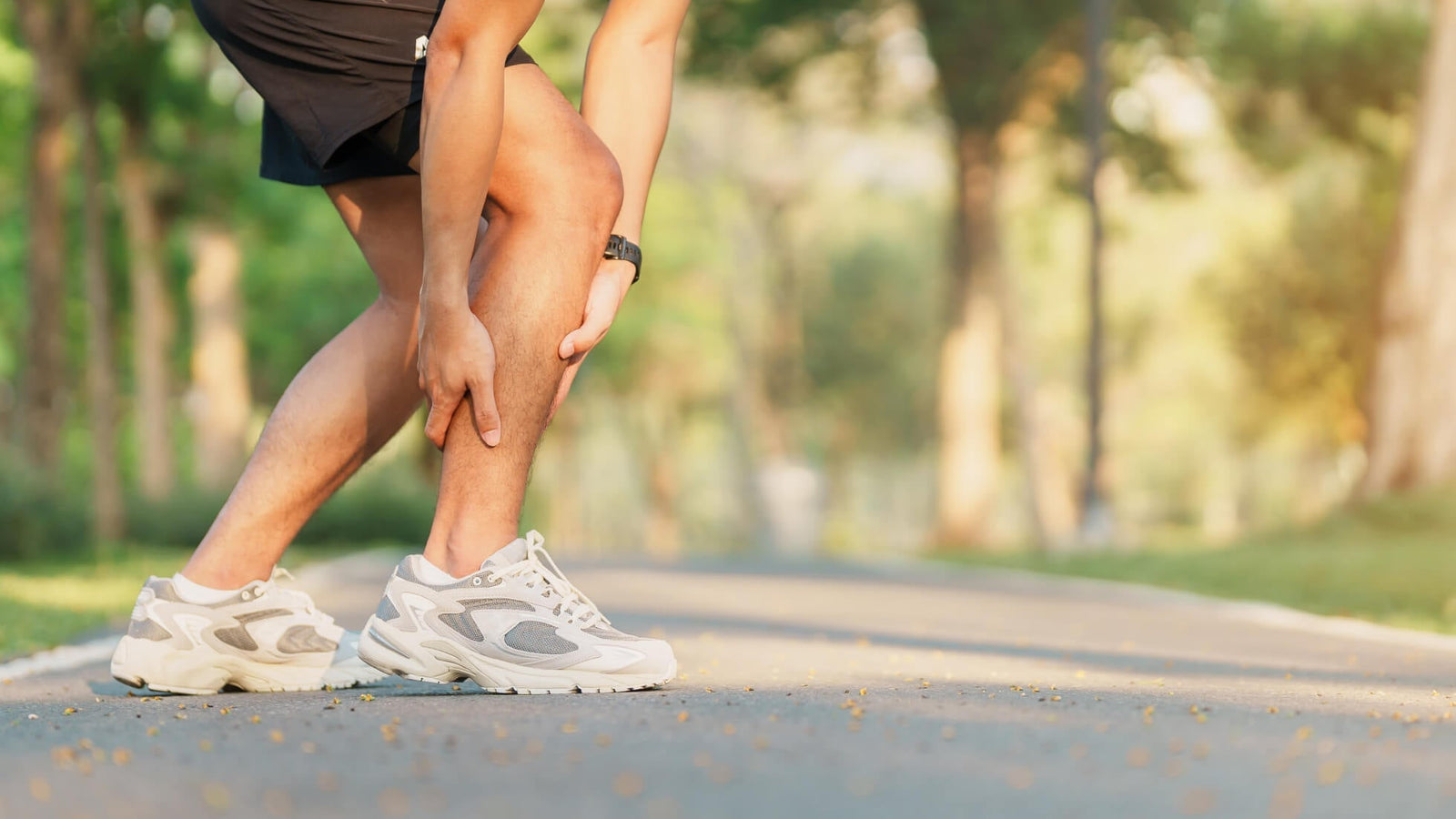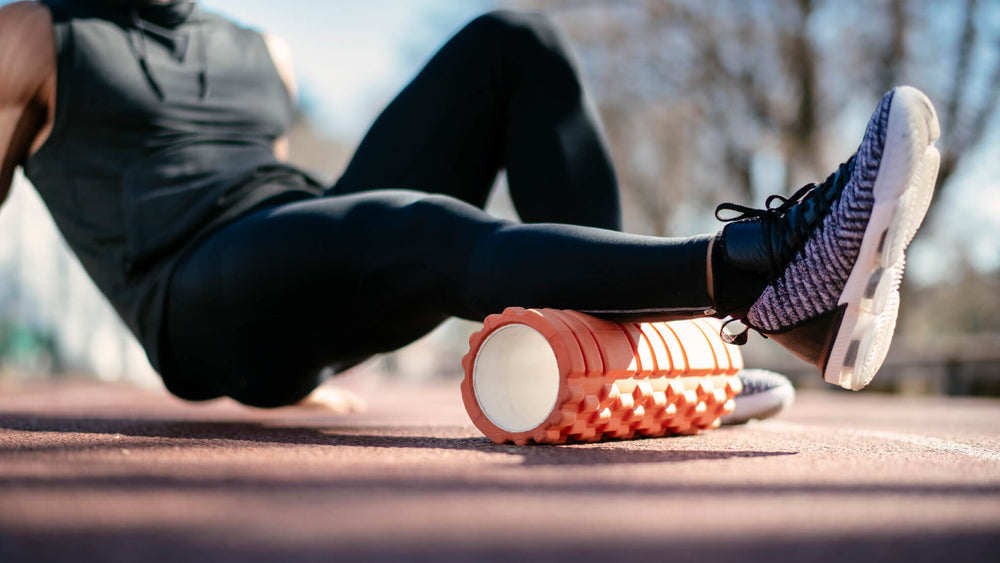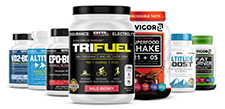Understanding Shin Splints: A Guide for Runners

As most runners learn at some point, along with the joys of running, there can be some physical hurdles as well. One common issue that many new runners face is shin splints. If you’ve ever felt pain along the front or inside of your lower legs, you might be dealing with this frustrating condition. But fear not—this article will help you understand what shin splints are, how they happen, and most importantly, how to treat them!
What Are Shin Splints?
Shin splints, clinically known as medial tibial stress syndrome, refer to the pain along your shin bone (the tibia). This discomfort typically stems from overuse, making it prevalent among runners, especially those just starting their training. The key to addressing shin splints is identifying which type you’re dealing with.
Anterior vs. Posterior Shin Splints
Anterior Shin Splints:
This type affects the front of your lower leg and is characterized by pain along the tibia's outer edge. It’s often caused by activities that put excessive stress on the muscles and tendons in that area, especially with hard surfaces or improper running techniques.
Posterior Shin Splints:
These are found on the inner side of your shins and may feel like a tightness or ache around the muscles and tendons that attach to the tibia. This type can be more challenging to manage due to its involvement with deeper tissues.
How Do Shin Splints Happen?
Shin splints often arise from a combination of factors:
- Overtraining: Increasing your intensity or mileage too quickly can lead your shins to become overwhelmed.
- Improper Footwear: Shoes lacking proper support can exacerbate your chances of developing shin splints.
- Surface Issues: Running on hard surfaces, such as pavement, can increase the impact on your legs.
- Biomechanical Factors: Flat feet or high arches can contribute to unnatural stress on your lower legs.
Awareness of the causes can help you take preventative measures and keep your training on track.
How to Treat and Prevent Shin Splints
Use this quick-and-dirty recovery plan to return to running pain-free:
1. Rest:
It may be tough to hit pause on your training, but giving your shins some time to heal is crucial. Take a break from running and focus on low-impact activities like cycling or swimming for a few days up to a couple weeks.
2. Foam Rolling:
Gently rolling out your calves and the front of your shins can help relieve tension in the muscles. Spend a few minutes each day foam rolling to promote better blood flow and muscle relaxation.
3. Physical Therapy:
If your pain persists, consider seeing a physical therapist who can provide personalized exercises aimed at strengthening your lower legs and correcting any biomechanical imbalances.
4. Gradual Return to Activity:
Once the pain subsides, ease back into your running routine. Start with shorter, slower runs, and gradually increase your mileage as you feel comfortable. You may want to incorporate some hiking and power walking too as you build up mileage.
5. Incorporate Cross Training:
To minimize the impact on your shins, mix in other forms of exercise that don’t stress your legs, such as cycling, swimming, or strength training.
Ditch the Pain
Shin splints can be a pain—literally and figuratively—but understanding them is the first step toward prevention and recovery. By following these treatment methods and listening to your body, you can overcome this hurdle on your way to achieving your running goals.
Get ready to hit the ground running (pain-free!) and enjoy all the joys that this awesome sport has to offer.
Take the next step in your training regimen: Try any BRL Sports supplement risk-free! If our natural nutritional products aren’t the best you’ve ever used, simply return your purchase for a 100% refund — no questions asked!
Also in Inspiration & Perspiration

High Altitude Supplements: Complete Guide to Training & Prevention (Altitude Sickness Solutions)
Support endurance and reduce altitude stress with supplements that improve oxygen efficiency, stamina, and recovery in high-altitude conditions.

Best Supplements For Runners: Complete Guide By Training Phase (Base, Peak, Taper & Race Day)
Discover the best supplements for runners by training phase—base, peak, taper, and race day—to boost endurance, recovery, and performance.

Creatine for Endurance vs. Sprint Efforts
Creatine isn’t just for power—learn how it boosts sprint speed, recovery, and endurance performance.


